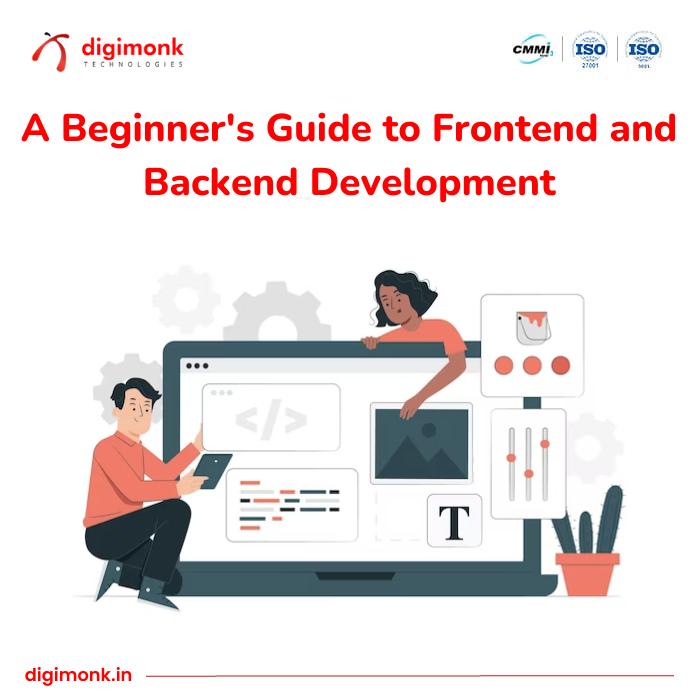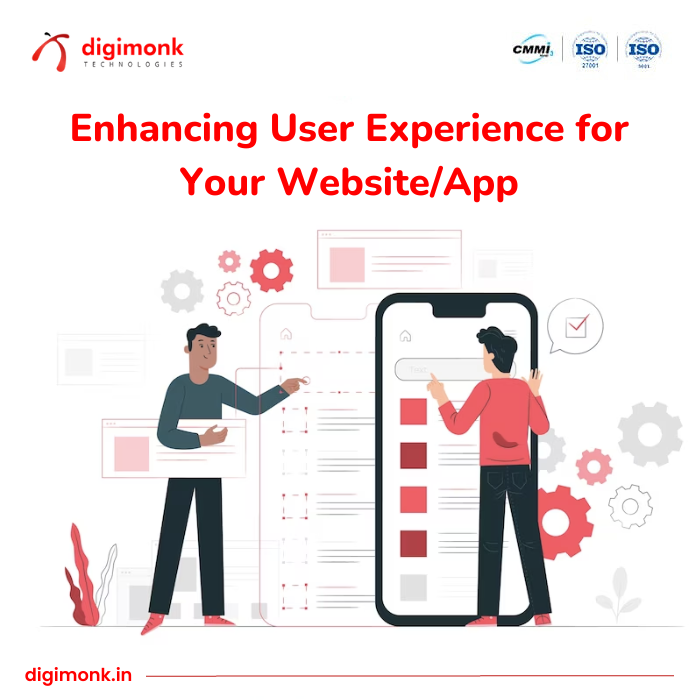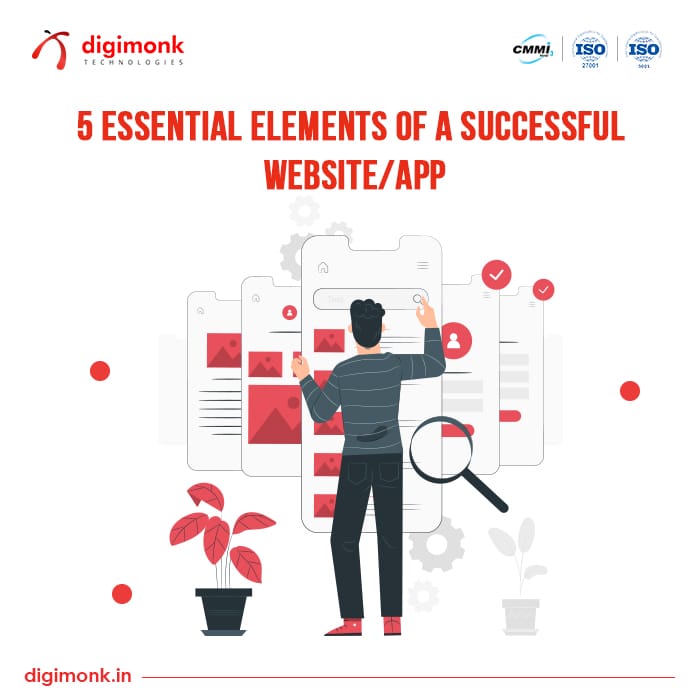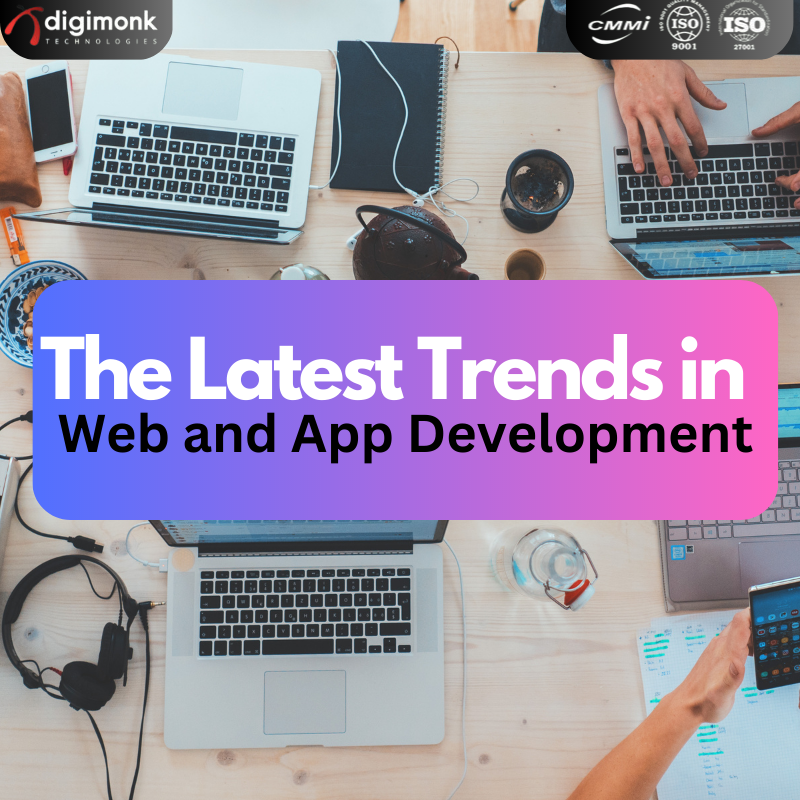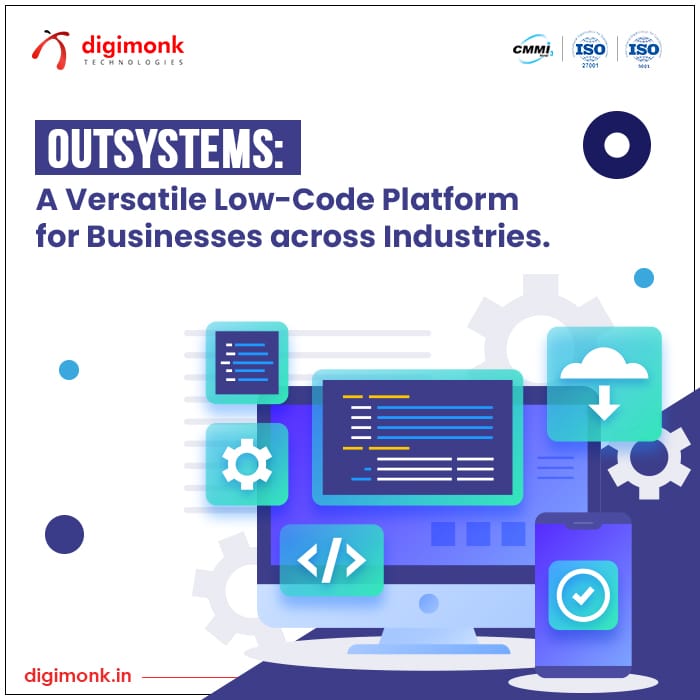10 August, 2023

Are You Looking For a
Web Devlopement | App Devlopement
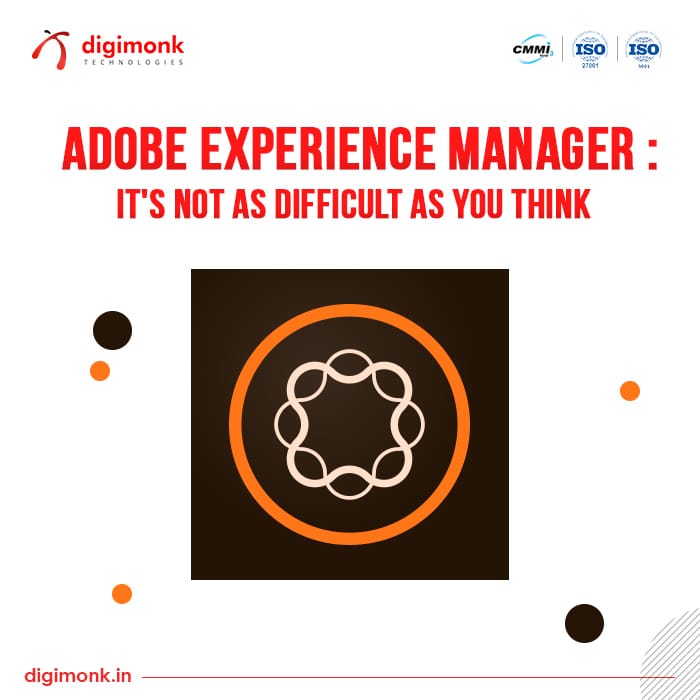
Adobe Experience Manager : It's Not as Difficult as You Think
What is Adobe Experience Manager?
Adobe Experience Manager (AEM), a top product from Adobe is basically a content writing and management tool, its work is to make content simple to produce and manage.
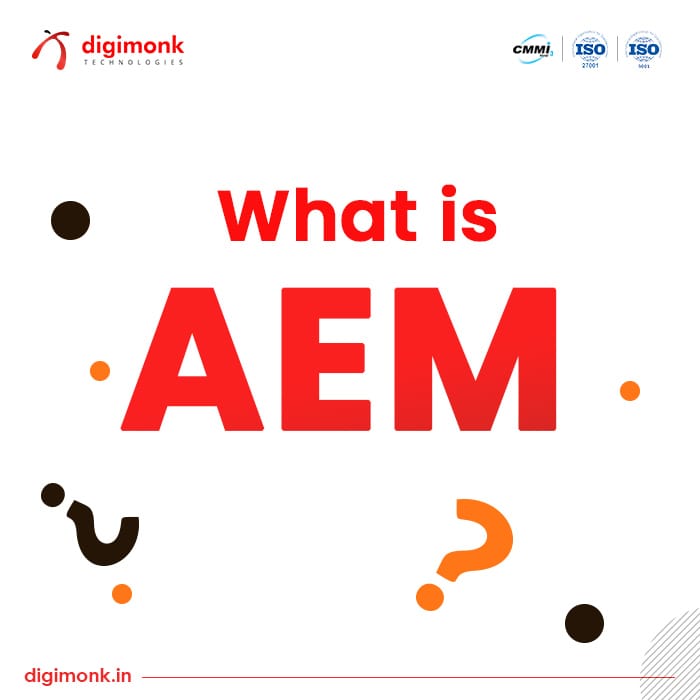
AEM also makes it possible to construct tables that hold the data characteristics for content. The use of Adobe Experience Manager modifies your online behavior in a better way. To rapidly and effectively produce, publish, and transport your digital content, AEM offers a variety of tools. It is a powerhouse for your digital assets and materials.
What are the benefits of Adobe Experience Manager?
Content Management System: Make sure your content is consistent and personalized for each customer with Adobe Experience Manager Sites. Create and manage your digital experience across all channels with automated tools that make scaling effortless.

Thanks to streamlined cross-application asset management and integrated Creative Cloud connectivity, Adobe Experience Manager speeds up the supply of content from concept to customer. A complete solution for private, economical communications with internal teams and external partners is provided by a secure brand portal and component CMS.
Improved Search: Adobe Experience Manager allows you to search your rich media content without spending time finding the right file. It makes future searches faster and improves efficiency across the team. AEM improves search in many aspects throughout the software.

With the help of our industry-standard query language and a strong combination of a cloud-native CMS and DAM platform, developers can easily design dynamic, content-driven shopping experiences. Add more commerce data connectors and intelligent media enhancement capabilities to your customer-facing content to elevate it.
Visual Media Conversion: Visual media conversion is essential for all marketers. Whether you’re a content creator or a content curator, you want to publish your video in the formats that work best on the platforms your audience uses. To address the diverse needs of content creators and marketers, Adobe Experience Manager provides built-in support for converting creative cloud files into different formats and frameworks to drive results across channels.

AEM Makes laborious activities into simple, automated workflows that will enable you to improve and modify digital media assets at scale, across devices and channels.
Cloud Services: Stop paying for pricey upgrades with the first cloud-native enterprise-gradient content management system. Adobe Experience Manager in the cloud gives optimal performance, great service level agreements, and enterprise-gradient security.

Experience Manager AI makes it simple to develop automated workflows that lessen the burden of repetitive digital content preparation and free up team members to concentrate on growth-oriented objectives. Utilize real-time data insights provided by a centralized reporting system to examine digital asset performance, evaluate marketing activities, and personalize customer experiences.
Marketing: Marketing and IT teams may struggle to develop, manage, and deliver personalized, rich media for a variety of channels, especially when they must operate sequentially rather than concurrently. When the incorrect versions of assets are used by several organizations, the result is frequently increased costs in terms of time and resources, including rework.

Marketing is clearly more than just building customer experiences on the web. It should also be possible to monitor analytics, target specific users, her groups or individuals, and create campaigns. This problem can be solved through the careful selection of individual tools for all marketing needs. The main drawback of this approach is that there is usually no collaboration between tools. It is very difficult to take data from one tool and integrate it with others.
Out Of The Box Components (OTB): Workflow procedures, standardized layout, and form development are just a few of Adobe's OTB components. To save developers from having to create additional code, these components are regularly updated. AEM comes with a large set of pre-installed and ready-to-use building blocks or components.

Using out-of-the-box components has some great advantages. First and foremost, developing a project that uses out-of-the-box components reduces development costs because a lot of the functionality has already been created. As a side effect, projects can be delivered faster. The second advantage is the support Adobe provides for out-of-the-box components. This is very important when migrating to a newer version of AEM. A third advantage of out-of-the-box components is that less custom code needs to be written. This allows you to focus on the custom code you really need. This is why the out-of-the-box components of AEM are so important.
At the End
Thousands of websites across the world are powered by an enterprise content management system called Adobe Experience Manager. Creating positive online client experiences is simply one aspect of marketing. You should be able to follow data, design successful campaigns, and constantly target the proper audience. Even if you may locate several tools to make things work, this method will undoubtedly be more challenging. Because it's challenging to develop integrations across several tools, you need a solution that can combine several products into one.
This solution is the ideal all-in-one platform to manage your company's online identity. Include dynamic web content, interact with your social networks, and allow visitors to your site to post material. With cloud services one can’t lose their data as it provides all-around facilities for content management. The ideal answer to your problems is AEM. It can be immediately integrated with Adobe Marketing Cloud products, though there are many content managers in the market AEM has no competitors in the market.
Follow us - www.instagram.com/teamdigimonk
